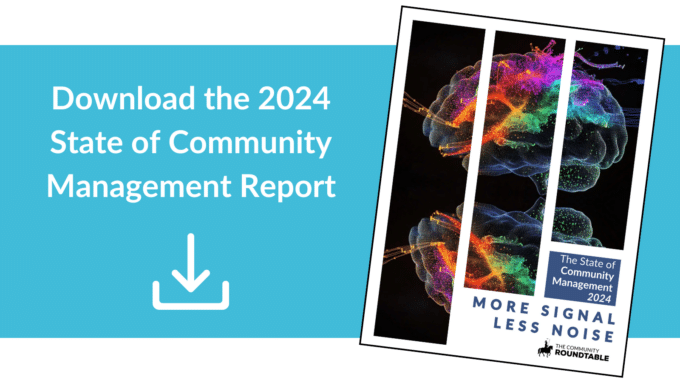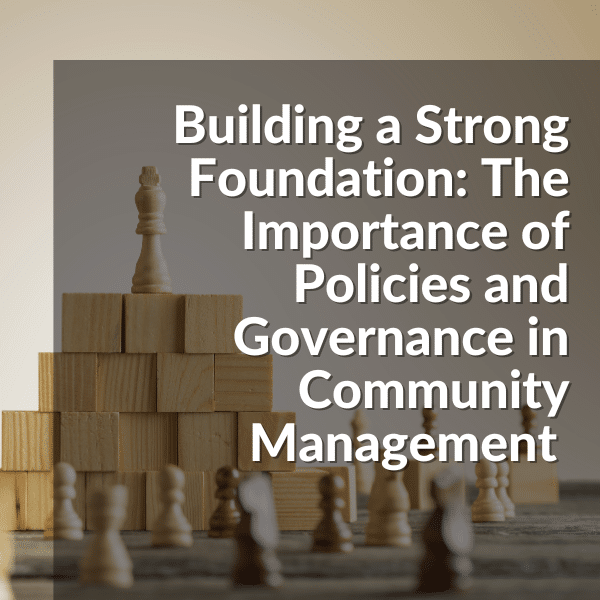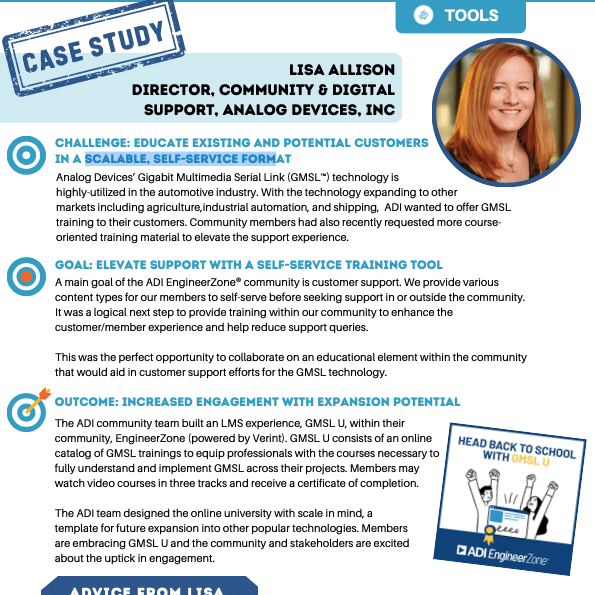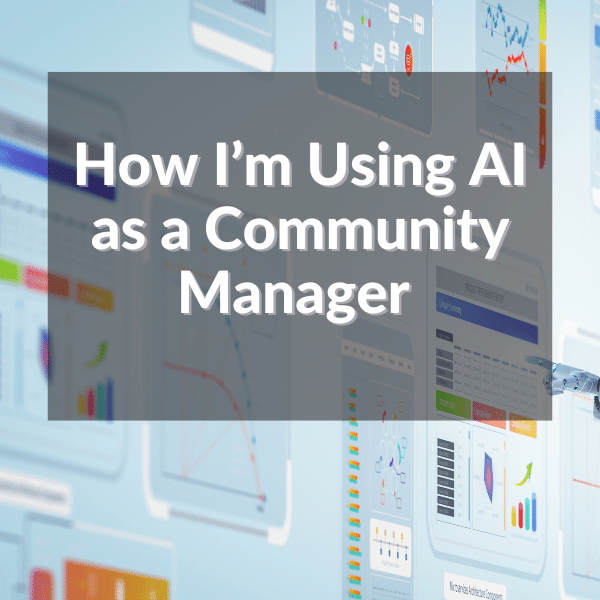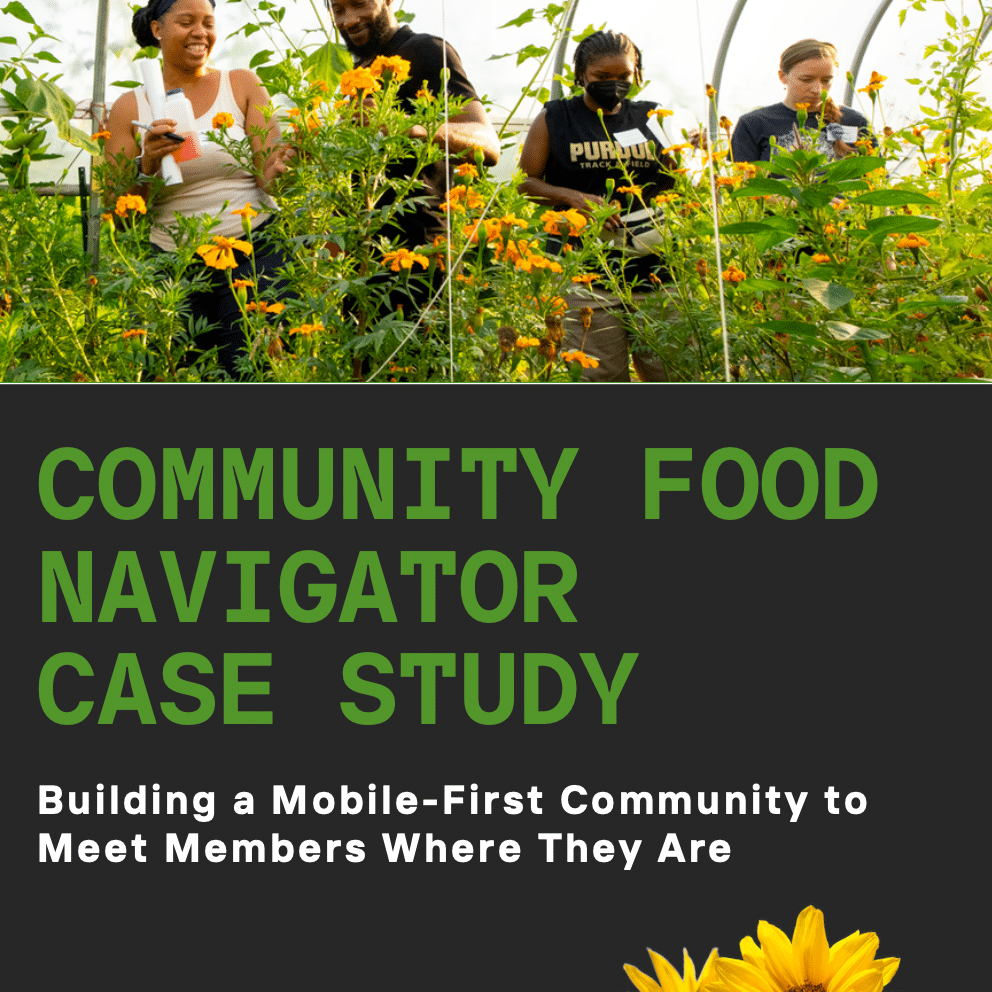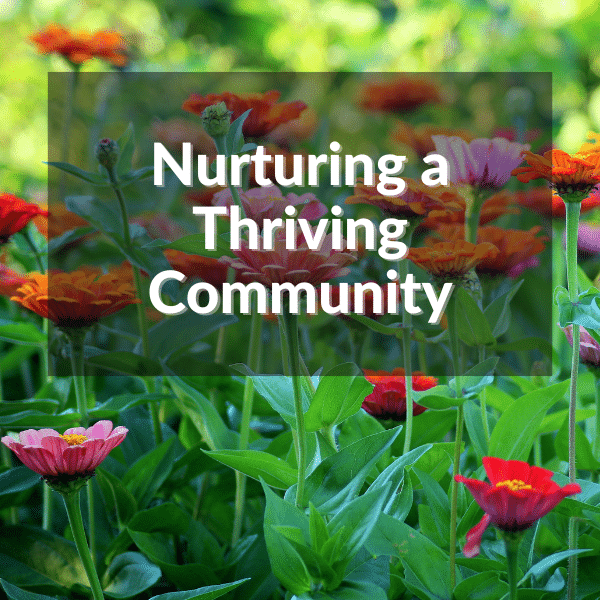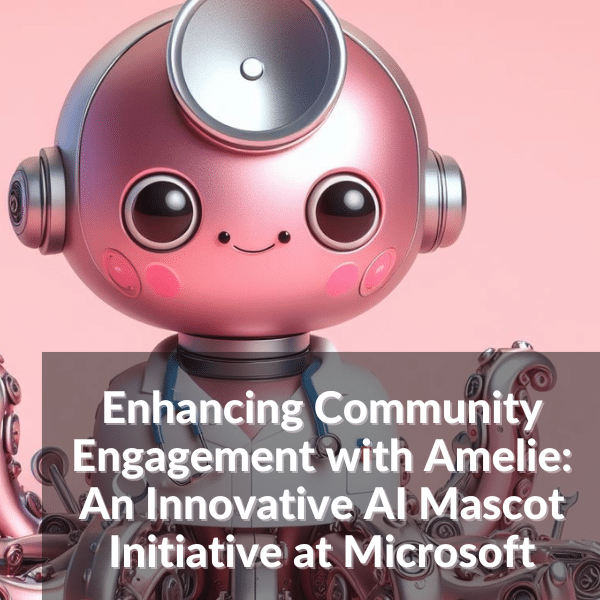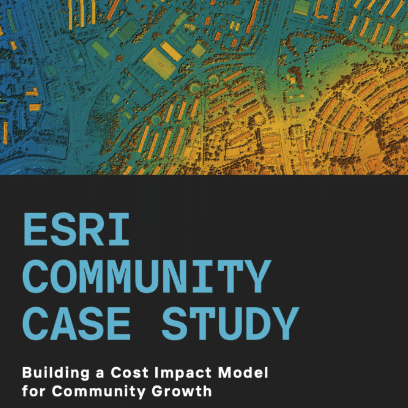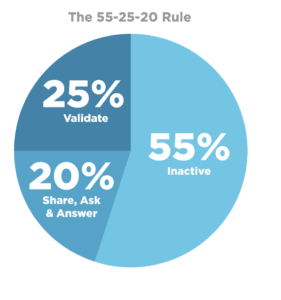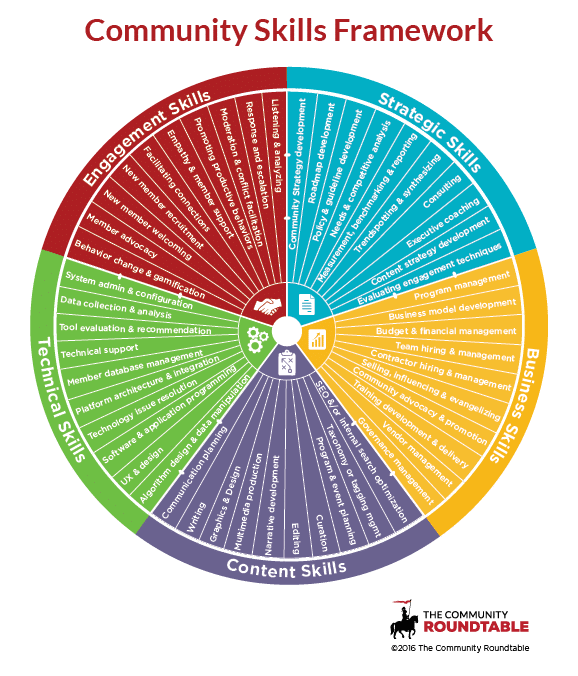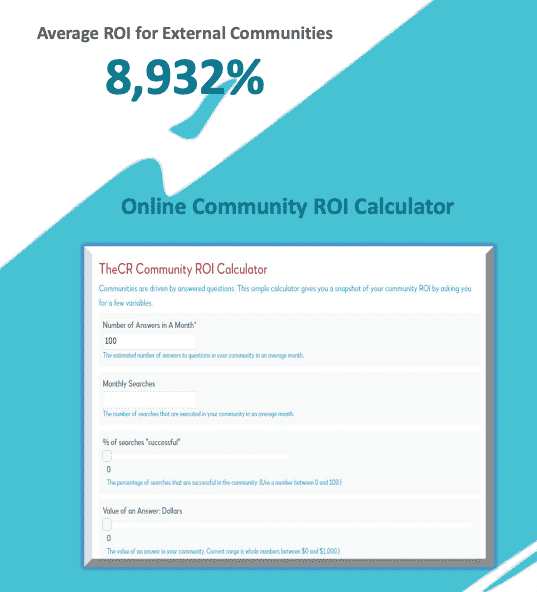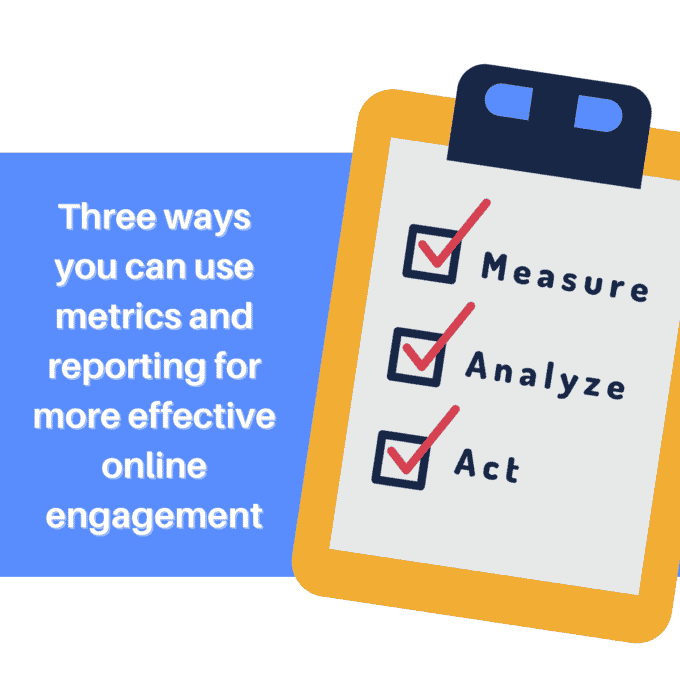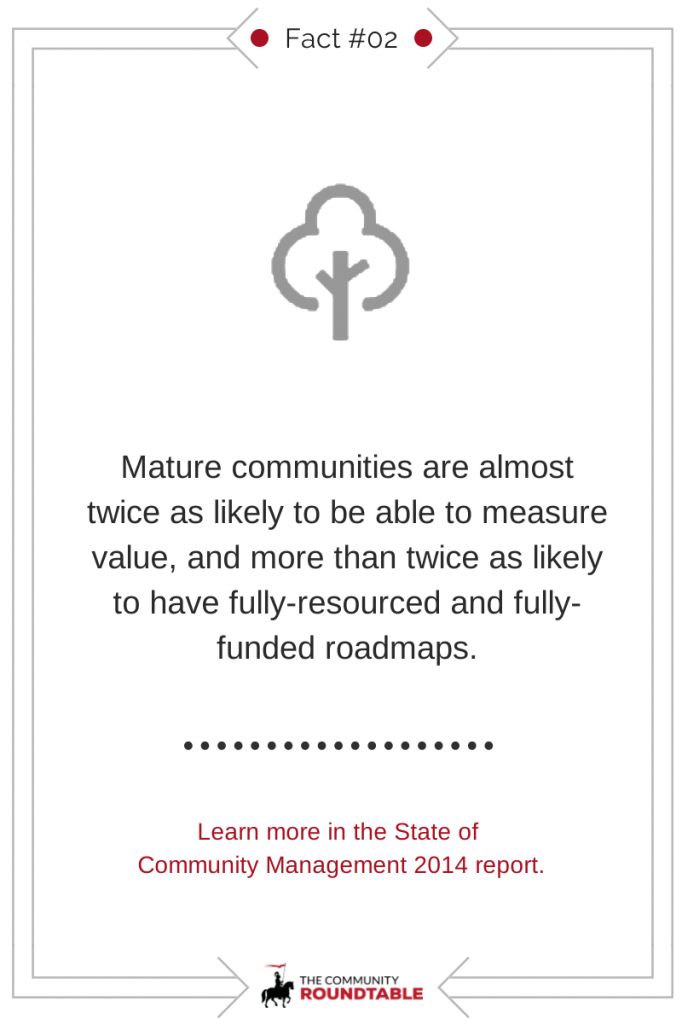As community leaders, one of our biggest challenges is conveying the importance of our community ecosystems to executives, especially when it comes to securing funding for growth. Framing the community narrative in a way that ties community engagement and activity directly to business goals is essential for demonstrating value and converting skeptics into enthusiastic advocates.
A Growing Ability to Prove Value
This year, a promising 34% of respondents indicate they can effectively prove the value of their community, a significant increase from just 20% last year. Among the best-in-class segment, the percentage is even higher, showcasing a trend towards greater accountability. However, it’s concerning to note that 21% of this top-tier segment and 32% of all respondents are still unsure or unable to articulate their community’s value. This gap signifies the importance of making value accountability a priority as we move into 2025.

The Challenges of Measuring ROI
Calculating the ROI of community programs remains a complex task, and in 2024, we saw a decline in confidence, with only 37% of respondents claiming they could measure it, down from 53% in 2023. Even the best-in-class teams are struggling compared to previous years, which may be attributed to reduced team sizes and changes in available resources. To support your members in finding the answers they need, we recommend utilizing tools like the Community ROI Calculator.

Who’s Responsible for Community Metrics?
A key insight from this year’s survey highlights who is responsible for collecting, analyzing, and reporting on community metrics. The data shows that community managers are typically the primary individuals handling these tasks. However, in the best-in-class cohort, there’s a notable distinction: they are twice as likely to have team members dedicated to metrics or analysts from other departments. This specialized focus is crucial since analyzing community metrics requires a different skill set compared to typical community management tasks. Teams that designate specific roles for metric analysis and reporting are likely to be more successful in capturing the true impact of their communities. It’s a sound strategy for community leaders to carve out this time and responsibility for dedicated individuals within their teams.

As community professionals, we must prioritize demonstrating the value of our communities in ways that resonate with organizational objectives. By focusing on robust data collection and analysis, we can enhance our narrative and gain the executive support necessary to foster growth and engagement in our community ecosystems.
Recommendations
Invest in Analyst Resources. Prioritize acquiring dedicated analyst resources, either through hiring or by leveraging existing expertise within the organization.
Expand Reporting Scope. Distribute community reports to a wider range of stakeholders to increase organizational awareness and demonstrate the value of community initiatives. Tailor reports to specific audience’s needs to ensure relevance and impact.
Focus on Value. Develop a clear methodology for calculating community value, considering both quantitative metrics and qualitative insights. Align metrics with business goals and communicate value in a compelling and understandable way.
Explore more community trends in the 2024 State of Community Management report.
